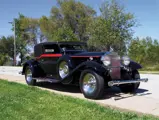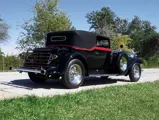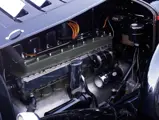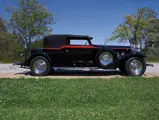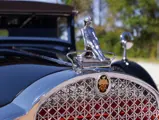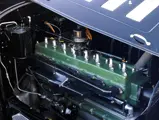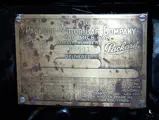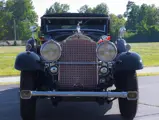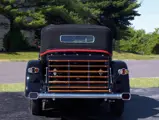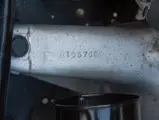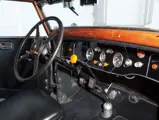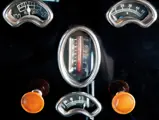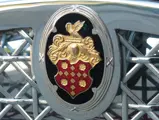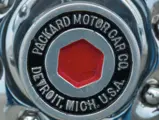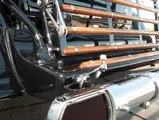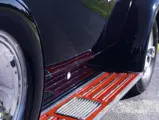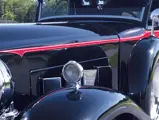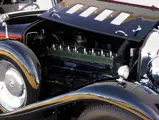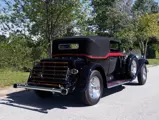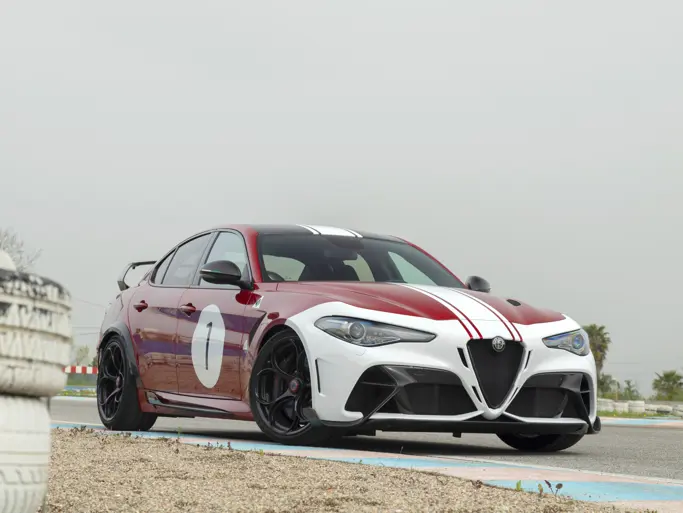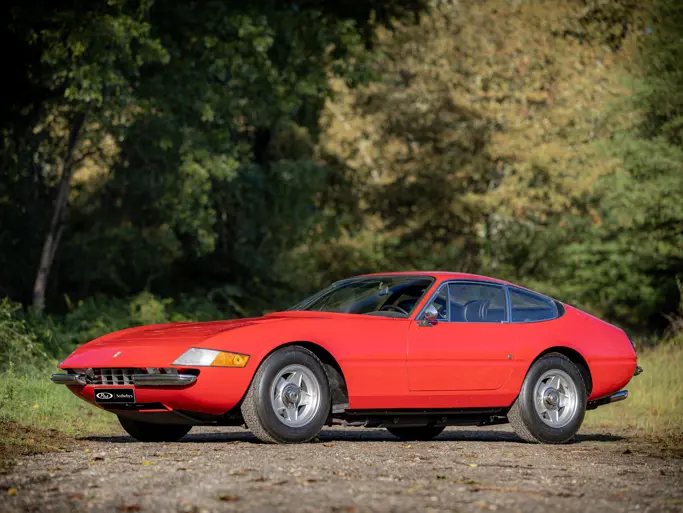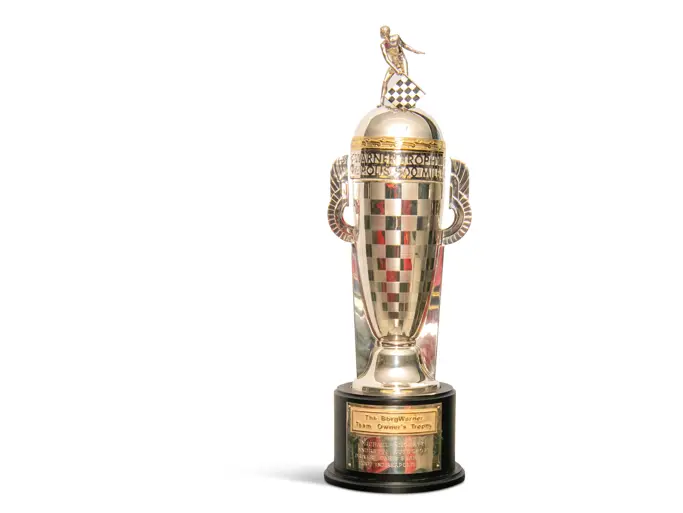St. John's 2012
1930 Packard 745 Deluxe Eight Convertible Victoria by Waterhouse Co.
{{lr.item.text}}
$275,000 USD | Sold
 | Plymouth, Michigan
| Plymouth, Michigan
{{internetCurrentBid}}
{{internetTimeLeft}}

106 bhp, 384.8 cu. in. inline L-head eight-cylinder engine, four-speed transmission, solid front axle with leaf spring suspension and solid rear with hypoid gear drive, and four-wheel mechanical drum brakes. Wheelbase 145.5"
• One of only five known authentic examples
• Older concours quality restoration
With the purchase of the defunct Woonsocket Manufacturing, of Providence, Rhode Island, in 1928, Waterhouse Company was founded. Former Judkins employee Charles L. Waterhouse, his son L. Osborne Waterhouse, and financiers Roger Clapp and S. Roberts Dunham set out with the initial goal of supplying bodies for the duPont motorcar, a contract that had been previously held by Woonsocket. After moving the operation to Webster, Massachusetts, the startup sustained itself by taking orders for the manufacture of boat hulls, in addition to taking in the odd collision repair job.
George Briggs Weaver had been designing automobile bodies for Woonsocket since 1926 and offered his services to the newly established Waterhouse. In a positive confluence of events, Waterhouse was awarded the contract for production of duPont bodies, and Weaver was hired to oversee the engineering department at duPont motors in Wilmington, Delaware. This made him effectively available to design for Waterhouse while minimizing the financial strain of an additional employee on a fledgling company.
With the notoriety and traction afforded by the duPont contract, the firm earned the opportunity to clothe many prestige chassis, including Packard, Pierce-Arrow, Stutz, and Marmon. In a short but distinguished run, the firm produced approximately 296 bodies: 131 are believed to have been built on the Packard chassis, with eleven of them being sport sedans and the rest being convertible victorias.
The blind quarter victoria was Waterhouse’s trademark and is notable as one of the earliest American-built bodies to incorporate European styling. The extremely long, low profile on this coachbuilt Packard further benefits from a low, raked windshield and a graceful fender line, which has since come to characterize the Classic Era. For 1931 models, the cowl was moved forward to provide additional interior legroom, which shortened the hood line by five inches and makes the longer 745 far more desirable. These striking body lines captured attention in the industry, particularly from competitors; imitations of the Weaver-penned designs soon took its toll on the firm and custom body production ended a mere six years after it began.
Chassis 185625 is one of five verified authentic Waterhouse convertible victorias known to exist on the 745 chassis. This example was of the collection of Gene Storm, of California, until 1983 and is believed to have been restored after being acquired by its next owner. It is later known to have been owned by Patrick Phinny, also of California, beginning in 2000. Finished in black with a red belt molding, black cloth top, and black leather seats and door panels, it is set off by chromed disc wheels shod with Michelin blackwall tires. Despite the fact that blackwall tires were more common than whitewalls in the 1930s, they are not as common at contemporary concourses. Fortunately, the dark tires help showcase the attractive lines and chrome jewelry.
The dual side-mounted spare tires, which came standard on the 745, were optioned with full metal covers and pedestal mirrors. Other additional items include a trunk rack, radiator stone guard, “Daphne at the Well” radiator mascot, and dual trumpet horns. The dome lights, highly unusual in a convertible, are part of the convertible top mechanism and another Waterhouse trademark. The top is a three-position unit: the front section can be rolled back to landau position, as well as being fully raised or lowered.
Most unusual are the accessory tubular bumpers with built-in lamps at the ends. Sometimes referred to as “Woodlite Bumpers,” or “Ray-Bar Bumpers,” they are referred to in the November1929 Packard Approved Accessories catalogue as the “Packard Bright Bumper.” The descriptive text in the catalogue reads, “This bumper incorporates a 32-candle light at each end of the 3-inch tubular bar. The lights are very effective but non-blinding, giving excellent illumination directly on the road. Lights well recessed and protected in bumper."
The varnished running boards with chrome ribs and step plates are in excellent condition, as is the interior, which was reupholstered sometime after the 1980s restoration. The seat leather today shows moderate wear. Overall, the cosmetics have been very well maintained, and the new owner may only opt to freshen up the chassis and underside before returning it to the show field. The four-speed manual transmission was fitted by the Packard factory only in 1930 through early-1932. Also new for 1930 was the addition of a 4.69:1 rear axle ratio, which helped propel these cars to speeds that were more than adequate in the period and make these cars ideal for CCCA CARavan tours or leisurely weekend jaunts. According to the current owner of 185625, “she starts easily, runs very smoothly, and is easy to drive.”

